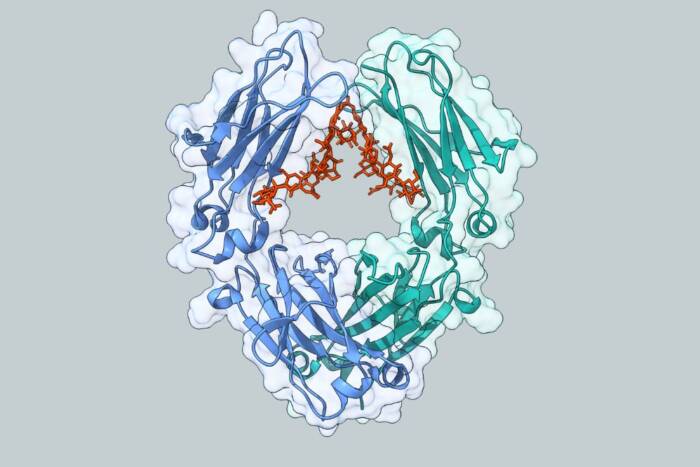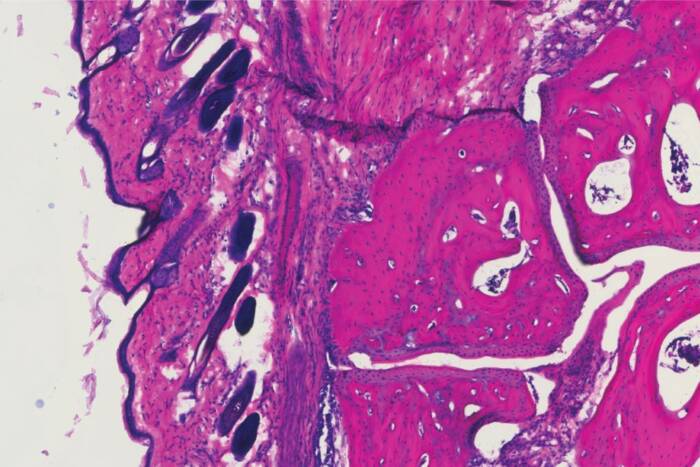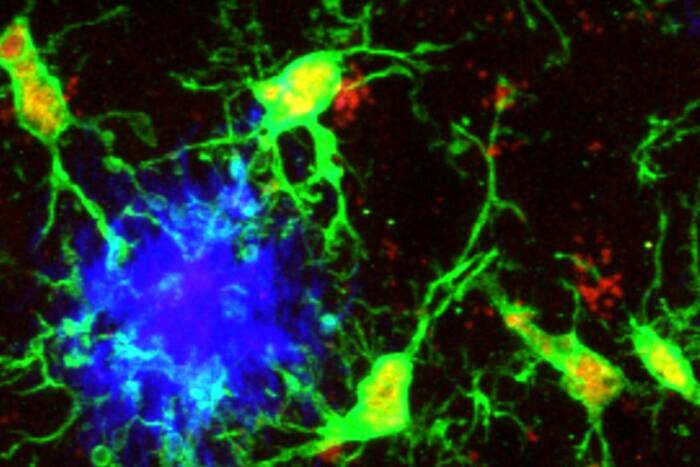Robert R. Flavell*
B.A., Wesleyan University
Novel Interactions of the Hormone Leptin Revealed by PET Imaging in Rodents and Rhesus Macaques
presented by Tom W. Muir
Rob Flavell has been associated with my lab since the fading days of the Clinton administration. A lot has happened since then. He graduated from Wesleyan, where he majored in math and chemistry, and he immediately joined my group as a research tech. He was extremely productive in this capacity; in fact, his output was equivalent to that of a first-rate grad student, and I guess Rob realized that he may as well become one. So it was that he joined the M.D.-Ph.D. program in the fall of 2002. Though Rob is not the only lab tech in my lab to join the ranks of the Rockefeller grad student population, he is the only one who’s come back to do his Ph.D. with me. And I’m not really sure what to make of this. I suspect that Rob’s allegiance is in some way linked to a persistent rumor that I’m in possession of certain photographs documenting his outrageous behavior at a Muir lab holiday party in a Russian vodka bar in 2001. Rob, I must now tell you that I’m in possession of no such photographs.
At any rate, he joined my lab following his initial medical training and informed me that he wanted to work on biomedical imaging. This was somewhat problematic, since we did not work on biomedical imaging, which I presume he knew. Fortunately, his arrival coincided with some discussions I’d been having with Jeff Friedman on performing some engineering work on leptin. Rob quickly saw an opportunity and set off to develop some methodologies for performing PET imaging on leptin for use in various animal models of obesity. Rob had to solve many problems along the way. The biggest of these was how to attach the positron-emitting isotope fluorine-18 to the protein site-specifically and without destroying its function. Now we kind of knew how to do this using existing chemistries, but the reactions that we used were too slow compared to the very short half-life of the isotope. To solve this problem, Rob made use of an organo-catalytic process that allowed him to shorten the reaction time from several hours to a few seconds. With this new, generally useful protocol in place, Rob and his collaborators in the Friedman lab and the biomedical imaging center over at Weill Cornell performed a beautiful series of high-resolution PET imaging studies on leptin biodistribution in rodents as well as primates. This work has revealed how the hormone is cleared out of the body and suggests a novel mechanism of uptake into the brain. Rob has now returned to finish off his medical training, and I wouldn’t be at all surprised if he returns to my lab for postdoctoral work. Particularly since I may be in possession of certain photographs detailing his escapades in the Far East.



